The African Pygmy-goose, scientifically known as Nettapus auritus, is a small waterfowl species belonging to the family Anatidae. With its striking plumage and unique features, this bird stands out as a true gem in the avian world. Found in various regions of Africa, including Tanzania, the African Pygmy-goose has captured the imagination of bird enthusiasts and nature lovers alike.
This remarkable bird, known for its diminutive size and vibrant plumage, inhabits wetland areas across the continent. The African Pygmy-goose is characterized by its compact body, measuring around 26 centimeters in length, and its striking combination of glossy dark feathers and distinctive white patches on its face and underbelly. These agile birds are skilled swimmers and adept at navigating through dense vegetation. They primarily feed on aquatic plants, seeds, and insects found in their watery habitats. Although the African Pygmy-goose faces certain environmental challenges and habitat loss, conservation efforts are crucial to ensure the continued survival of this delightful species. By supporting initiatives aimed at protecting wetlands and raising awareness about these beautiful birds, we can contribute to their preservation and safeguard the biodiversity of our natural world.
African Pygmy-goose Bird Species Profile
COMMON NAME: African Pygmy-goose
SWAHILI NAME: Bata Salili
SCIENTIFIC NAME: Nettapus auritus
TYPE: Waterfowl
FOOD: Aquatic plants, seeds, and insects
HABITAT: Wetlands, lakes, rivers, and swamps
SIZE: 25-35 centimeters (9.8-13.8 inches) in length
AVERAGE LIFE SPAN IN THE NATURAL HABITAT: 7-10 years
ACTIVE: Diurnal (active during the day)
GESTATION PERIOD: 28 days
WEIGHT: 200-400 grams (7-14 ounces)
Habitat and Distribution
The African Pygmy-goose thrives in wetland habitats such as swamps, marshes, and shallow freshwater bodies. Tanzania, with its diverse and abundant wetland areas, provides an ideal environment for these magnificent birds. The famous Serengeti National Park, the vast Selous Game Reserve, and the stunning Lake Manyara National Park are just a few of the exceptional locations where the African Pygmy-goose can be observed in its natural habitat.
Physical Characteristics
Standing at an average height of 25 centimeters, the African Pygmy-goose is relatively small in size compared to other waterfowl species. Its stunning plumage consists of a combination of dark brown and white feathers, creating an exquisite contrast that is visually captivating. One of the distinguishing features of this bird is the bright yellow eyes that add a touch of vibrancy to its appearance.
Behavior and Feeding Habits
African Pygmy-geese are highly social birds and are often seen in small groups or pairs. They exhibit strong monogamous behavior, forming lifelong bonds with their partners. Their diet mainly consists of aquatic vegetation, seeds, and insects found in and around their wetland habitats. With their agile and nimble bodies, these waterfowl effortlessly navigate through the water, swiftly diving to forage for food.
Breeding and Reproduction
During the breeding season, which usually occurs from October to December in Tanzania, the African Pygmy-goose engages in elaborate courtship displays. Males actively participate by showcasing their vibrant plumage and engaging in synchronized movements to attract potential mates. The female constructs a nest using plant material, often in the dense vegetation near the water’s edge. After mating, the female lays a clutch of around 6-8 eggs and diligently incubates them for approximately 25-28 days.
Conservation Status and Significance
As with many species in the animal kingdom, the African Pygmy-goose faces various threats to its survival. Habitat loss, pollution, and climate change have all contributed to the decline in their population. However, conservation efforts in Tanzania and across Africa are striving to protect and preserve these beautiful waterfowl. By raising awareness about the importance of wetland habitats and implementing sustainable practices, we can ensure the continued existence of this magnificent species for generations to come.
Where to See African Pygmy-goose in Tanzania
If you’re an avid birdwatcher or simply a nature lover, Tanzania is a fantastic destination to spot the enchanting African Pygmy-goose (Nettapus auritus). This stunning waterfowl species can be found in various locations across the country, offering a wonderful opportunity to observe and appreciate its beauty in its natural habitat.
Here are some top places in Tanzania where you can increase your chances of encountering the African Pygmy-goose:
1. Lake Manyara National Park: Situated in northern Tanzania, Lake Manyara National Park is renowned for its diverse birdlife. The park’s abundant water sources, including the alkaline Lake Manyara itself, make it an ideal habitat for the African Pygmy-goose. Keep your binoculars ready as you explore the park’s lush vegetation and take a boat ride to witness these fascinating birds in action.
2. Selous Game Reserve: Located in southern Tanzania, the vast Selous Game Reserve is not only famous for its diverse wildlife but also serves as a haven for numerous bird species. The reserve’s numerous lakes, rivers, and swamps provide an excellent environment for the African Pygmy-goose to thrive. Embark on a boat safari along the Rufiji River or explore the reserve’s wetland areas to catch a glimpse of these striking waterfowl.
3. Ruaha National Park: As Tanzania’s largest national park, Ruaha is a wildlife-rich haven that boasts impressive landscapes and a wide array of bird species. The park’s rivers and wetlands, such as the Great Ruaha River and the Mwagusi River, attract numerous water-dependent birds, including the African Pygmy-goose. Take a guided tour or join a birdwatching excursion to increase your chances of spotting these elusive birds.
4. Arusha National Park: Nestled at the foothills of Mount Meru, Arusha National Park offers a unique blend of diverse ecosystems, from montane forests to alkaline lakes. The Momella Lakes within the park provide a perfect setting for the African Pygmy-goose to forage and nest. Take a leisurely walk along the lakeshores or embark on a guided game drive to marvel at these splendid birds in their natural surroundings.
5. Tarangire National Park: Famous for its large elephant herds and picturesque baobab trees, Tarangire National Park is also a birdwatcher’s paradise. The park’s permanent Tarangire River and its associated marshes attract an impressive variety of bird species, including the African Pygmy-goose. Explore the park’s different habitats and keep an eye out for these exquisite waterfowl.
Remember, birdwatching is best enjoyed during the early morning and late afternoon when birds are most active. To optimize your chances of spotting the African Pygmy-goose, it is recommended to hire a knowledgeable local guide who can navigate the terrain and identify the bird’s distinct features and behaviors.
Now that you have an idea of where to find the African Pygmy-goose in Tanzania, pack your binoculars, grab your camera, and embark on an unforgettable birdwatching adventure in this captivating East African country.
African Pygmy-goose Birdwatching Safari Tips
Embarking on a birdwatching safari in search of the African Pygmy-goose (Nettapus auritus) can be an exhilarating experience. To make the most of your adventure and increase your chances of spotting these beautiful waterfowl, here are some essential tips to keep in mind:
1. Plan Your Safari: Research the best locations and seasons to spot the African Pygmy-goose in your chosen destination. Consider visiting national parks, game reserves, and wetland areas known for their abundant birdlife. Consult with local experts or tour operators who specialize in birdwatching to ensure you have the most rewarding experience.
2. Pack the Right Equipment: Ensure you have the necessary gear for birdwatching. A good pair of binoculars is essential for observing the African Pygmy-goose and other bird species from a distance. Additionally, a camera with a telephoto lens will allow you to capture stunning close-up shots of these magnificent birds.
3. Learn Their Habitat and Behavior: Familiarize yourself with the African Pygmy-goose’s preferred habitats and feeding patterns. They are typically found near wetlands, lakes, rivers, and swamps, where they feed on aquatic plants, seeds, and insects. Understanding their behavior will help you locate them more easily and anticipate their movements.
4. Be Patient and Observant: Birdwatching requires patience and a keen eye. Find a comfortable spot near the water bodies where the African Pygmy-goose is likely to be found. Stay still, observe your surroundings, and listen for their distinct calls. With time, you’ll start noticing their presence and be able to spot their vibrant plumage.
5. Follow Local Guides: Consider hiring a knowledgeable local guide or joining a guided birdwatching tour. Local guides are familiar with the area, know the best spots for birdwatching, and can identify different bird species, including the African Pygmy-goose. Their expertise and insights will greatly enhance your safari experience.
6. Time Your Safari Well: The best time for birdwatching varies depending on the destination and the specific bird species. Generally, early mornings and late afternoons are ideal as birds tend to be more active during these times. Take advantage of the golden hours of light to capture stunning photographs of the African Pygmy-goose in its natural habitat.
7. Respect Wildlife and their Environment: As you venture into the wilderness, remember to maintain a respectful distance from the African Pygmy-goose and other wildlife. Avoid making sudden movements or loud noises that could disturb their natural behavior. Follow the principles of responsible ecotourism and leave no trace behind, ensuring the conservation of their habitats for future generations.
8. Record Your Observations: Keep a birdwatching journal or use a birdwatching app to record your sightings, behaviors, and any other interesting observations about the African Pygmy-goose. Not only will this help you track your progress and enhance your knowledge, but it will also contribute valuable data to conservation efforts and scientific research.
By following these birdwatching safari tips, you’ll be well-prepared to embark on an incredible journey to spot the African Pygmy-goose. Remember to immerse yourself in nature, appreciate the diversity of birdlife, and savor every moment of this awe-inspiring experience.
Frequently Asked Questions
Here are some frequently asked questions about the African Pygmy-goose:
Q: What is the African Pygmy-goose? A: The African Pygmy-goose (Nettapus auritus) is a small waterfowl species found in various wetland habitats across Africa. It is known for its striking appearance, with colorful plumage and a unique beak shape.
Q: Where can I find the African Pygmy-goose? A: The African Pygmy-goose can be found in wetlands, lakes, rivers, and swamps throughout Africa. They inhabit countries such as Tanzania, Kenya, Uganda, South Africa, and Botswana, among others.
Q: What does the African Pygmy-goose eat? A: The diet of the African Pygmy-goose consists mainly of aquatic plants, seeds, and insects. They forage in shallow waters, using their specialized beak to feed on a variety of food sources.
Q: How big is the African Pygmy-goose? A: The African Pygmy-goose measures approximately 25-35 centimeters (9.8-13.8 inches) in length. It is relatively small compared to other waterfowl species.
Q: What is the average lifespan of an African Pygmy-goose? A: In the natural habitat, the African Pygmy-goose has an average lifespan of 7-10 years. However, in captivity, they can live longer with proper care.
Q: Is the African Pygmy-goose a migratory bird? A: The African Pygmy-goose is not known for long-distance migration. They are primarily sedentary birds, but their movements can be influenced by the availability of food and suitable habitats.
Q: Are African Pygmy-geese endangered? A: Currently, the African Pygmy-goose is not considered endangered. However, like many bird species, they face threats such as habitat loss, pollution, and hunting. Conservation efforts are crucial to ensure their long-term survival.
Q: Can I keep African Pygmy-geese as pets? A: It is generally not recommended to keep African Pygmy-geese as pets. These birds have specific habitat and dietary requirements that are challenging to replicate in captivity. It is best to appreciate them in their natural environment.
Q: Can I see African Pygmy-geese in zoos or aviaries? A: Some zoos and aviaries may have African Pygmy-geese as part of their waterfowl collections. Visiting these facilities can provide an opportunity to observe and learn more about these fascinating birds.
Q: How can I contribute to the conservation of African Pygmy-geese? A: You can support the conservation of African Pygmy-geese and their habitats by spreading awareness, participating in local conservation projects, and supporting organizations dedicated to bird conservation. Additionally, responsible ecotourism practices can help promote the sustainable use of their habitats.
These are just a few of the commonly asked questions about the African Pygmy-goose. If you have more inquiries or wish to learn further, consult with local birding experts or explore reputable birdwatching resources to deepen your knowledge about this remarkable waterfowl species.

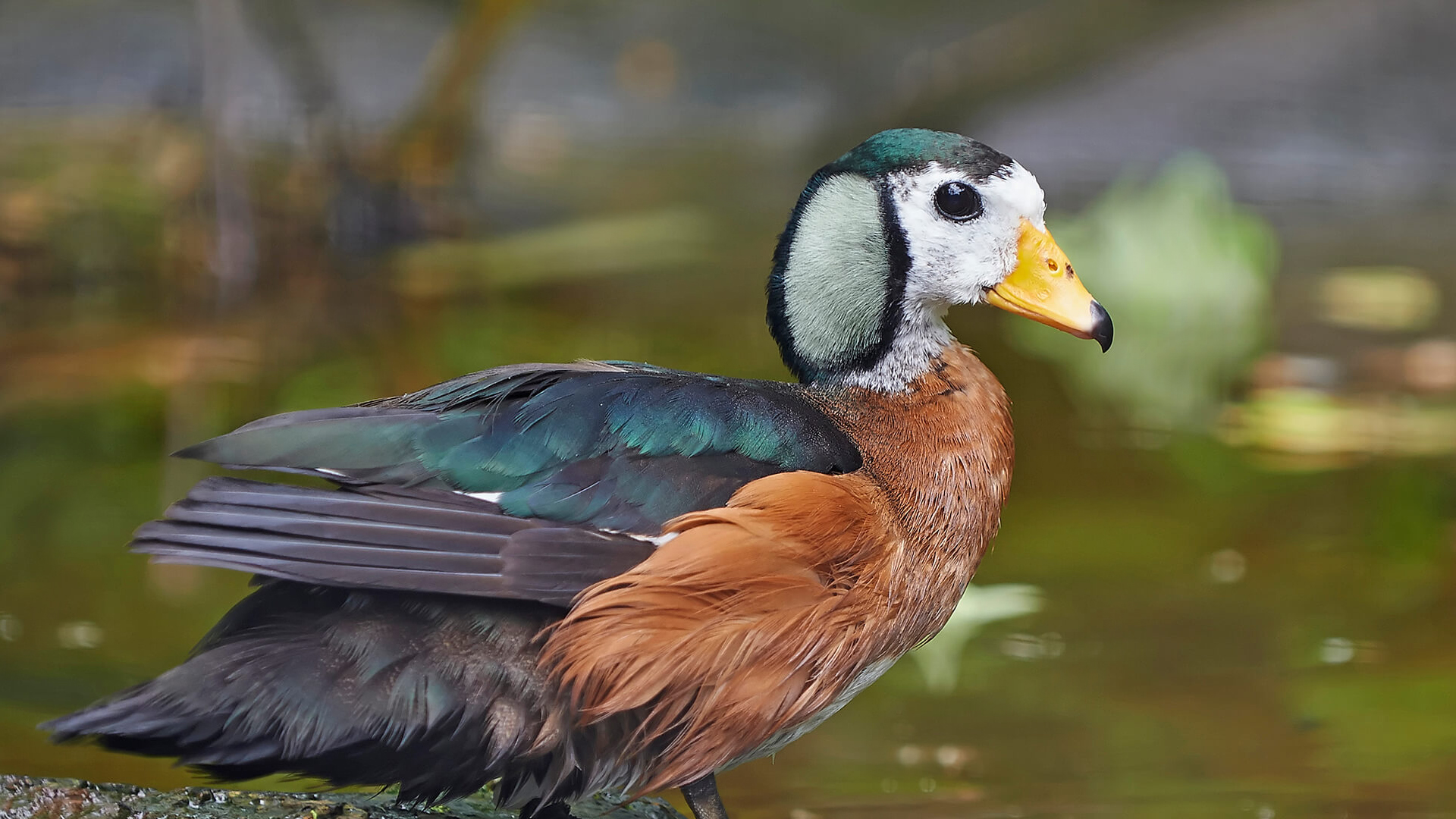
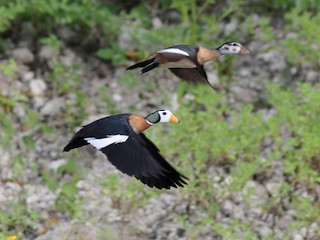

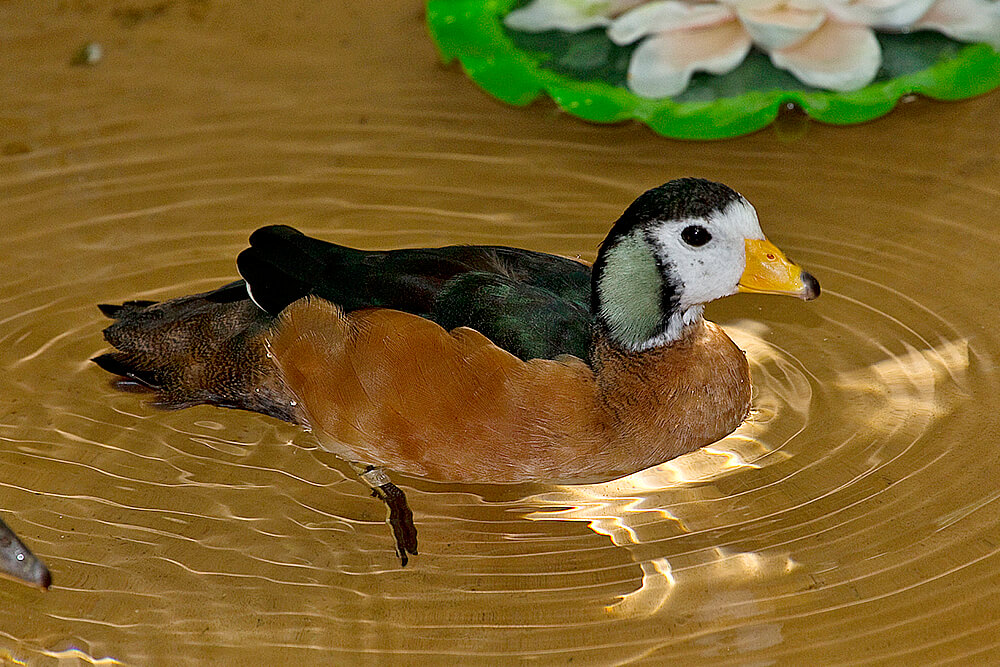
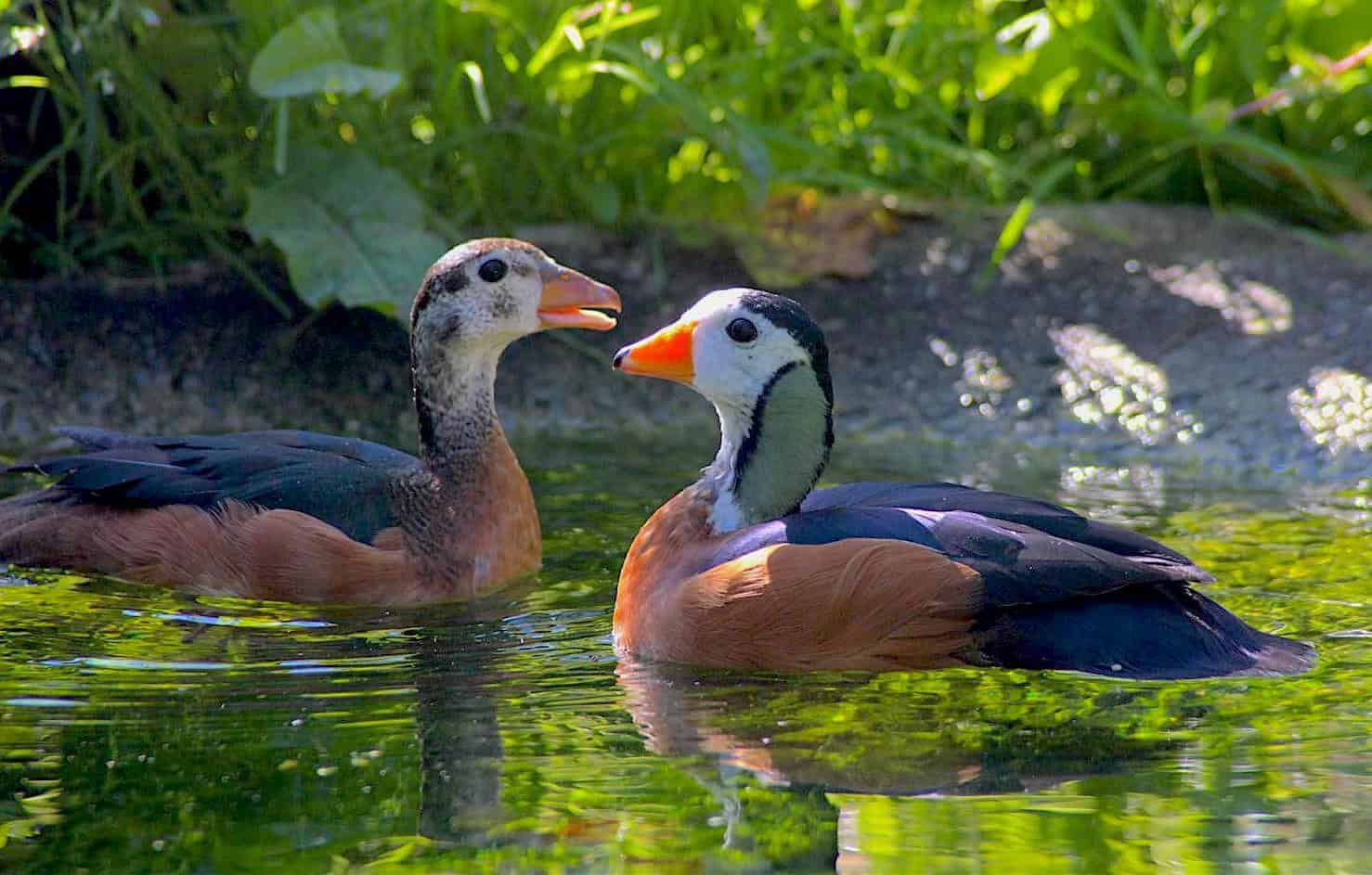
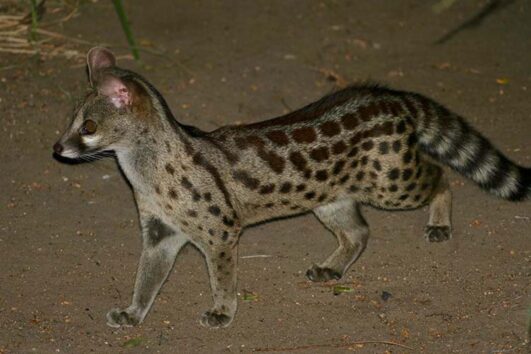
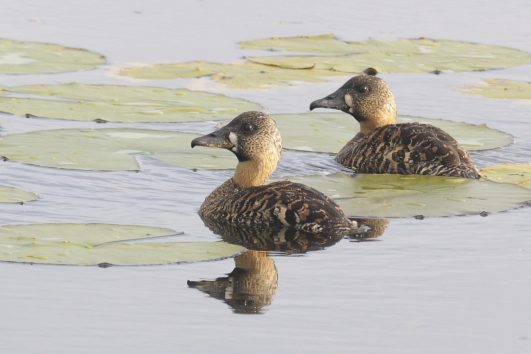
Tour Reviews
There are no reviews yet.
Leave a Review